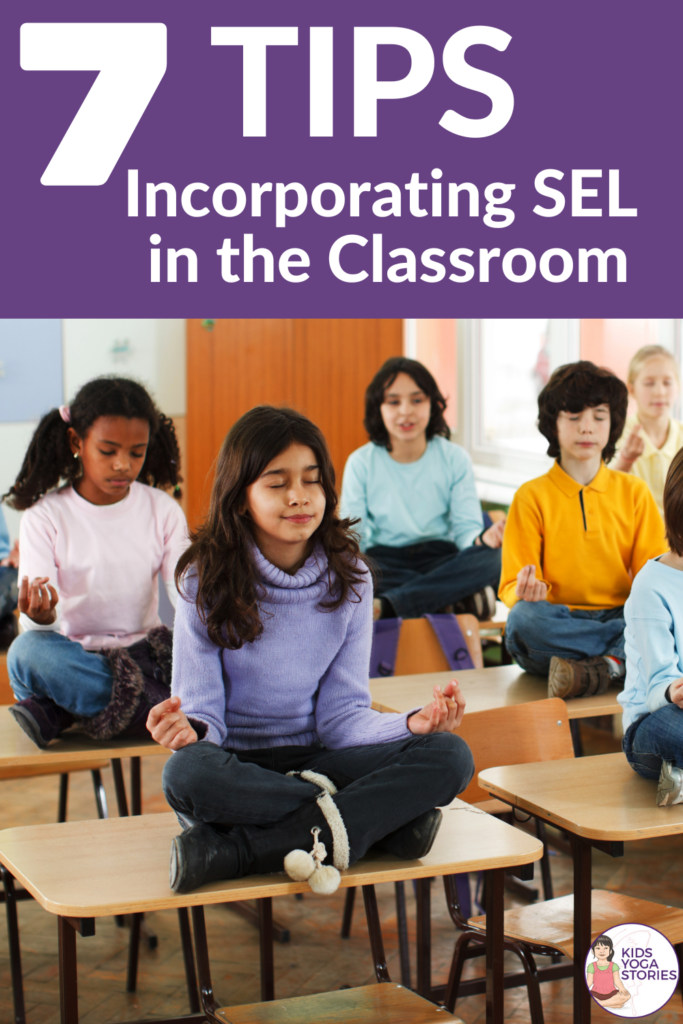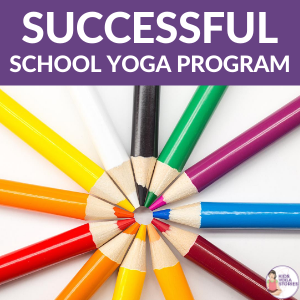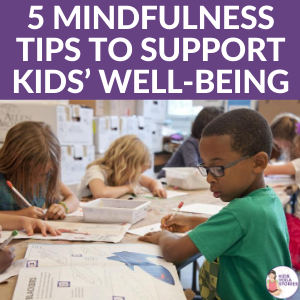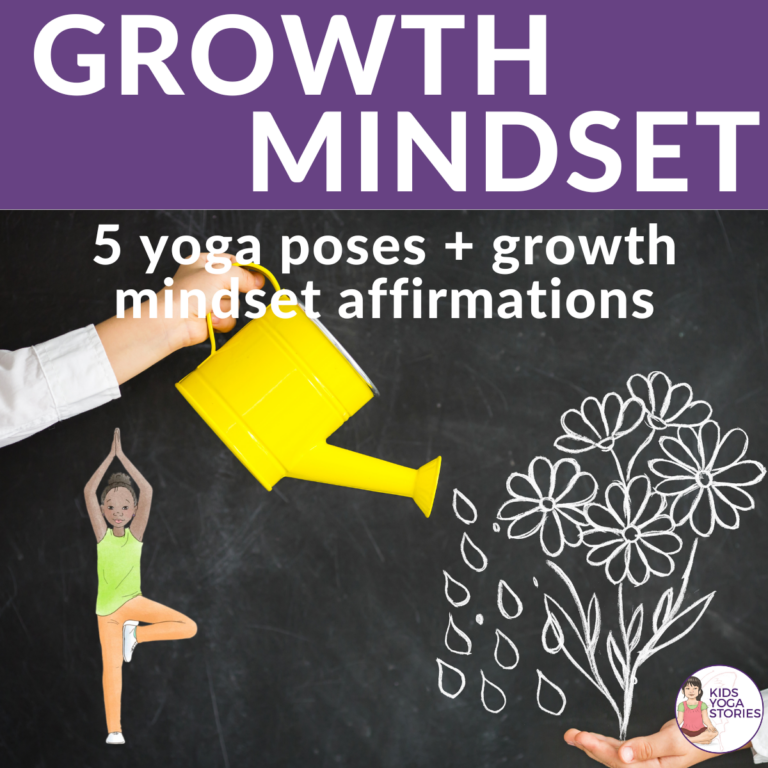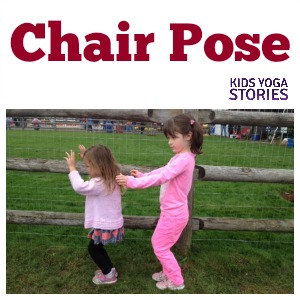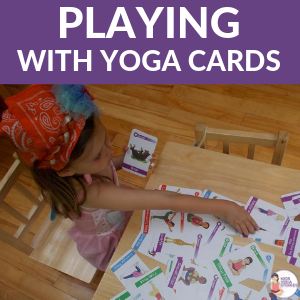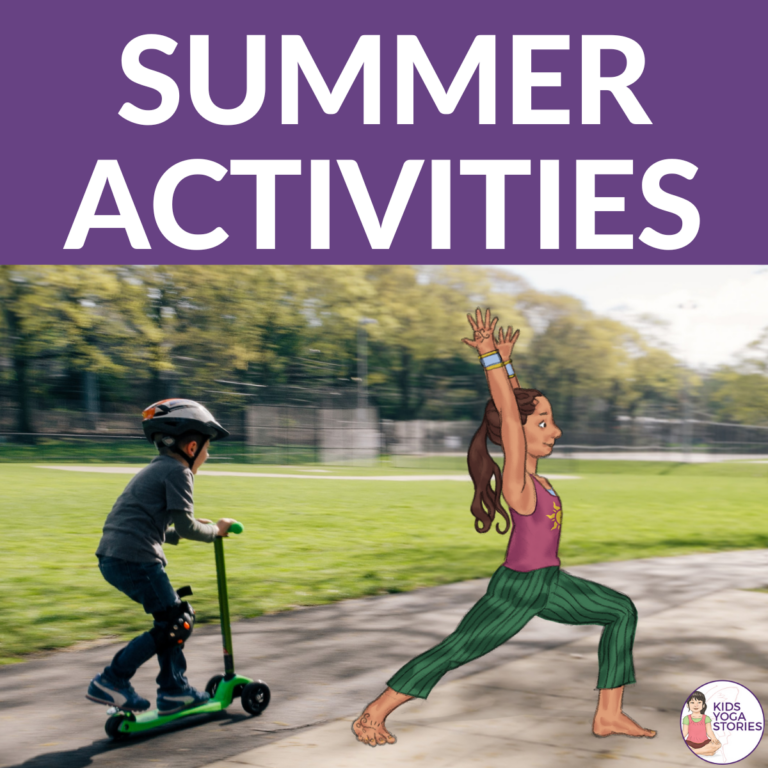7 Practical and Easy Tips for Incorporating SEL in the Classroom!
Today’s article has been written by our in-house guest writer, Cassandra Troughton, who is a teacher’s assistant working in a special education classroom in Canada. Educators are focusing more on Social-Emotional Learning right now to combat the negative effects of the pandemic, but many teachers are having a hard time finding quick and easy SEL activities that don’t add “one more thing” to the day. Check out Cassandra’s ideas below!
Miss T. here again!
Today, I’m going to walk you through a typical day in my classroom.
How many of you can relate…?
We are almost through a busy and exhausting week. The kiddos in my adaptability* class are exceptionally wild today. It’s been a struggle to get through the last couple of lessons, with interruption after interruption in a classroom of kids who can’t concentrate on anything but the upcoming weekend.
So when gym time comes around, my teaching partner and I take them outside for “free play” at the park. We’re thinking it’ll be much easier to let them run around outside burning off energy, instead of us trying to conjure up what’s left of our energy to lead an actual gym class.
And just when we think things can’t get any worse…
A huge commotion breaks out in the playground! I look over at the swing set, and there is Lincoln, screaming and crying, facing several of his friends. He is screaming because he wants to play with his friends, but the group isn’t allowing him to join. Lincoln, a student who is on the spectrum, is much younger than his peers. He is still working on initiating play and expressing his feelings appropriately.
Adam tends to get set off by Lincoln easily. I notice he is screaming back at Lincoln, saying some pretty hurtful words. Adam is a smart kiddo, but when Lincoln is involved, his rationalizing goes out the window. He doesn’t understand why Lincoln makes him so angry all the time.
Kaydence is right next to Adam. She is the most vocal of the group and my biggest behaviour challenge. Kaydence has lots of love for her friends, but she isn’t quite sure how to show it. She stands up for Adam and begins screaming back at Lincoln, “Go away! We don’t want to play with a crybaby like you!”
Maya is Kaydence’s best friend. She stands behind Kaydence, holding Valerie’s hands. Maya, another very intelligent kiddo, doesn’t always make the best choices, often mirroring Kaydence’s negative behavior. So she also gets involved and sticks out her tongue at Lincoln, only making his screaming louder.
Valerie is the second youngest. She is also on the spectrum and not at all verbal. She struggles with her social skills and lacks confidence to go up to her friends. Maya or Kaydence normally grab her by the hand and pull her around the playground like a doll—just as Maya is doing to her right now, in this heated moment.
Okay, so maybe it doesn’t seem like the biggest disaster, but in a small class of only eight, having about sixty percent of my students involved in a playground hissy fit was not an ideal way to end our week.
Now, tell me, has something similar happened to you?
How did you handle it?
I’m sure we could come up with some different ideas to handle each of these kiddos after the fact, BUT what could we do PROACTIVELY?
Here, we have five different kids with five unique needs. We need one strategy that could address all of them.
Drumroll, please… Introducing…
Social-Emotional Learning!
(or, SEL for short)
SEL weaves social and emotional skills into the school curriculum. Its popularity is on the rise due to some patterns that are more apparent in schools these days. Patterns like low self-esteem, problem-solving struggles, emotional dysregulation, bullying, and other expressive behaviors are becoming more common.
If we dissect SEL, it consists of 5 key skills**:
- Self-Awareness
- Self-Management
- Social Awareness
- Relationship Skills
- Responsible Decision Making
All of these skills are so integral for our students to break free from those detrimental patterns!
This is why awareness of adding SEL into our classrooms is growing… but it’s not growing as quickly as educators, including myself, may be hoping for.
Quite often, SEL is portrayed as “one more thing” educators, school counsellors, and admin have to add onto their already-overflowing plate of to-do’s, and so it gets shuffled to the back burner.
But it doesn’t have to be hard. You don’t have to dedicate large chunks of time to incorporate SEL into your classroom. In fact, you can add it in small, manageable doses, and get the most out of your days, including—gasp!—getting time back!
This post contains affiliate links.
Get Your 3 Free Posters Here!

Receive our most popular yoga posters here absolutely FREE!
7 PRACTICAL and EASY Tips for Incorporating SEL into Your Classroom!
No matter your job title, if you work with children, you can benefit greatly from using these tips! Easy to implement!
1. Daily Emotional Check-In: This can be as simple as using a thumbs-up system, color-coding system, 1-5 rating system, etc. I’ve even seen teachers use different coloured popsicle sticks for kids to assess their feelings as they come into class. NO EXTRA TIME NEEDED! As confidence grows and these check-ins become quicker, you can add more of them throughout your day, perhaps after lunch and/or near the end of the day.
2. Add Mindful Breathing into Transitions: Take thirty seconds in between each transition (coming inside from recess, before starting a lesson, before and after lunch, etc.) to do a whole-class breathing exercise. You can switch it up if you like, but if you’re looking for easy, start by taking one deep belly breath before moving on to the next activity. This can also be done in a one-on-one or small-group setting.
3. Teach Active Listening: Active listening is important for problem solving and building positive relationships. It’s important for us to talk about it and even more crucial to model it with our students—show them HOW we actively listen to them. We can sneak this in easily throughout the day with each conversation we have. Listening games like Simon Says also help promote active listening in a fun way. This can be done as movement breaks or as a warm up for gym class!
4. Create a Calm Corner or Safe Space: By optimizing a space in your classroom and/or school office, your students have a space to retreat to where they can ground themselves in order to return to their learning. Your corner can include some calm-down tools and posters with strategies. This space will also help build trust and grow your relationship.
5. Encourage Positive Self-Talk: Add positive affirmations into your day! Each affirmation takes only seconds to complete! Begin hard lessons and tests or even hard conversations with some positive self-talk. “I can do this.” “I am capable.” “I learn from my mistakes.” Doing this on a daily basis has immense power, and all it takes are a few creative seconds to sneak affirmations into your day!
6. Daily Journal Writing and Reflecting: Journal writing is something that most educators have to teach anyway. Add in prompts that promote reflection, such as “What was the best part of your week?” “What is something you could have done better on today?” “What will you work harder on tomorrow?” This teaches self-awareness and helps our kids become better problem solvers.
7. Read Stories on Empathy: Our brains think in stories! That is why stories are a super powerful way to introduce concepts to kids. They are simple and fun, and let’s be honest—reading is something you already have to do. Why not read some impactful books that promote social awareness! Some of my favorites are:
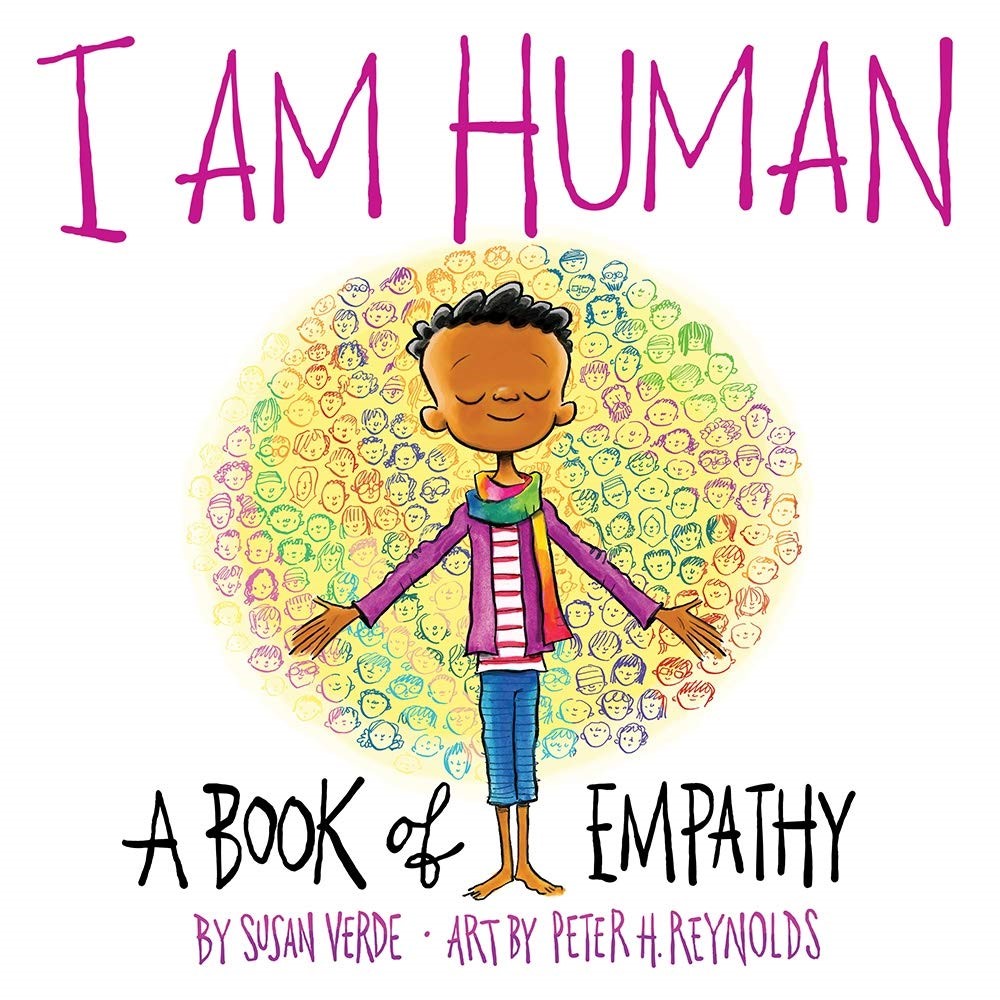
I am Human: A Book of Empathy – Susan Verde
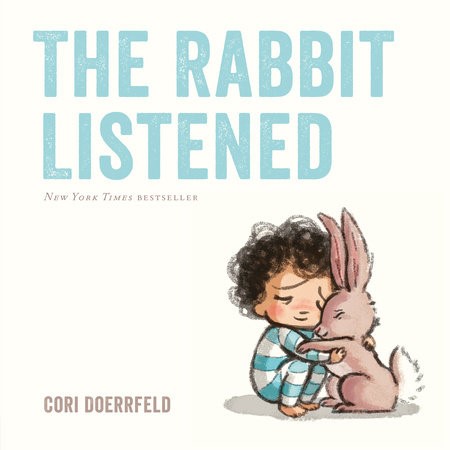
The Rabbit Listened – Cori Doerrfeld
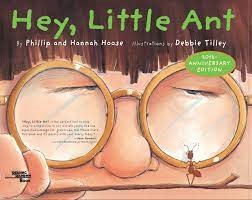
Hey, Little Ant – Phillip Hoose and Hannah Hoose
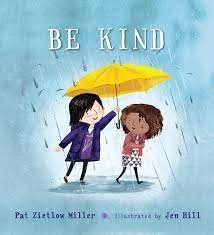
Be Kind – Pat Zietlow and Jen Hill
ABOUT THE AUTHOR

Cassandra Troughton (a.k.a. Miss T) is an educational assistant from Canada. She has worked with Edmonton Public Schools for over seven years, primarily in the special needs adaptability program (Gr. 1-6) and as the Health and Wellness lead at her school in Edmonton, Alberta. Her passions include health, wellness, and the practice of mindfulness! She loves passing on her knowledge of mindfulness to her students and fellow educators. You can find her at https://mindfulmisst.com/.
*Adaptability – Special Needs Program (This particular program is called “Opportunity,” which encompasses mild cognitive delays and academic delays.)
**For more information, refer to the CASEL SEL Framework.
Note: All student names were changed to protect the identity of the kids.
MAY WE SUGGEST
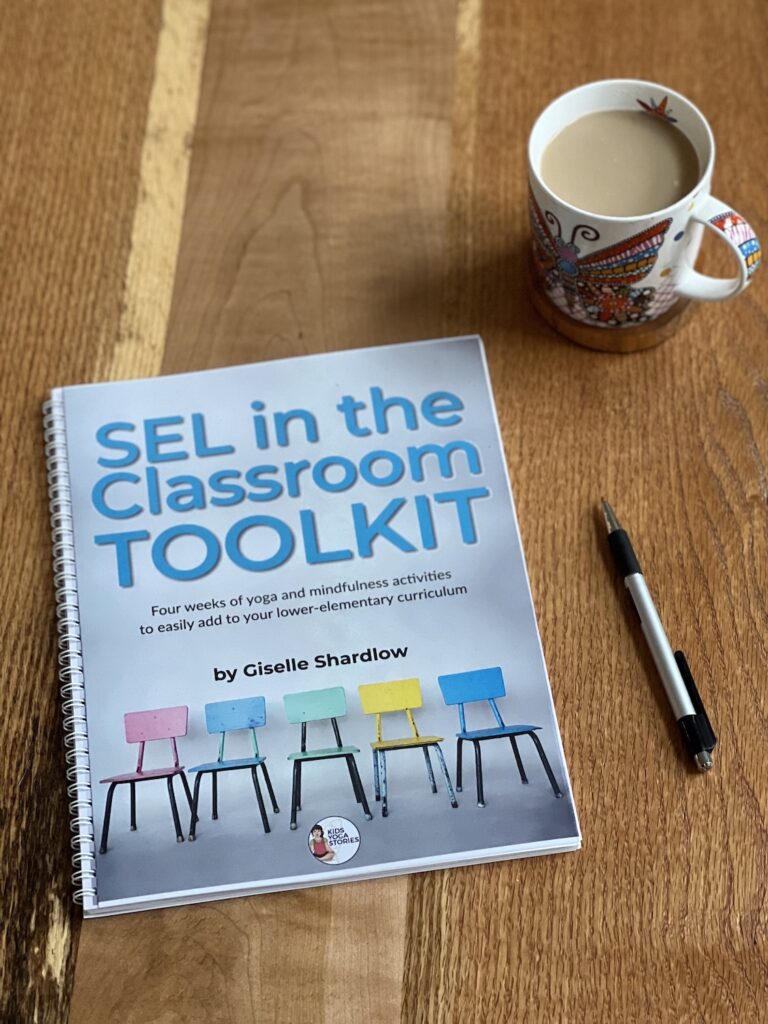
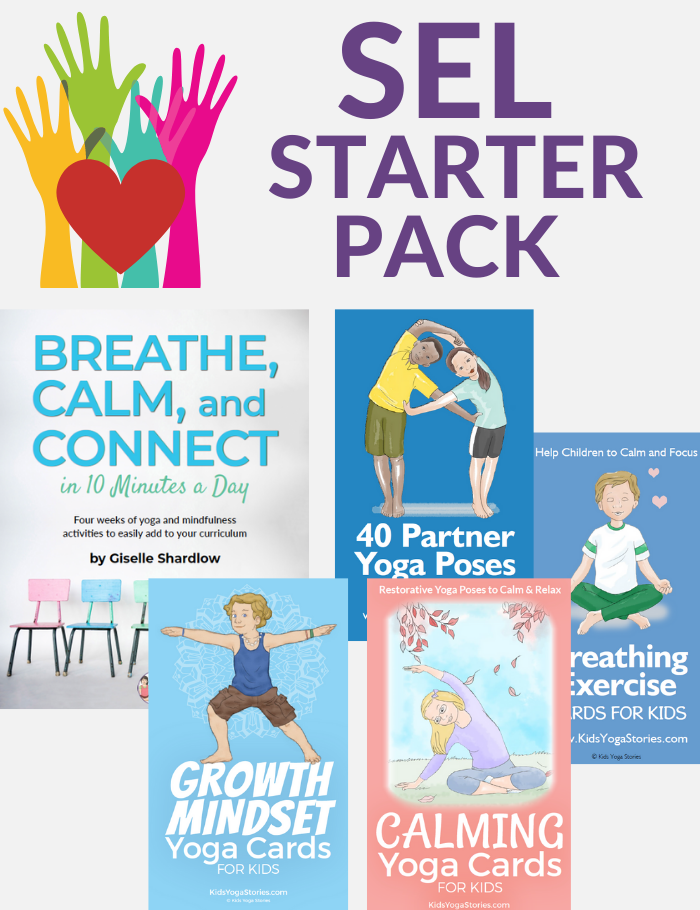
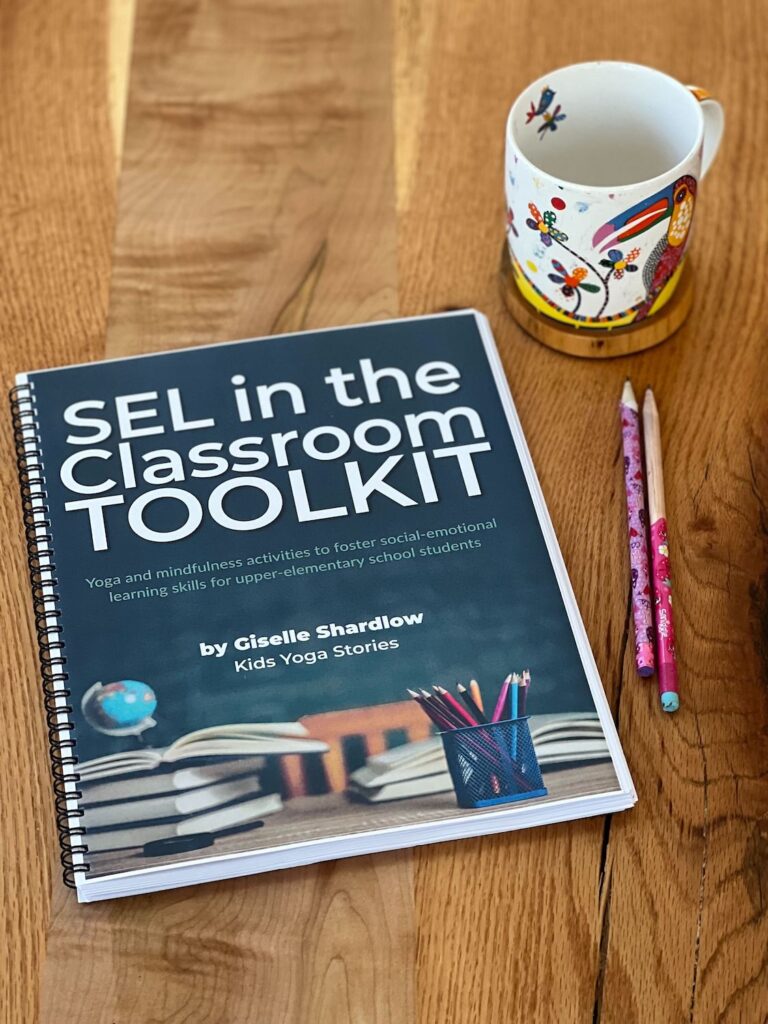
PIN FOR LATER
